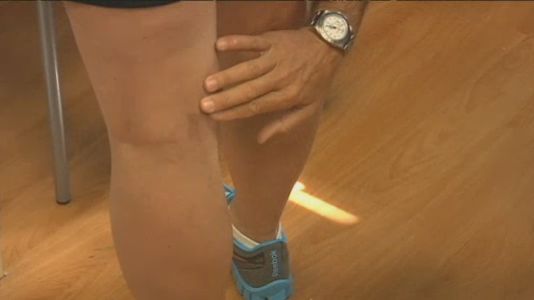 You have heard about the varicose vein screening being offered to the residents in your area. You are new to it; hence, you have no idea
You have heard about the varicose vein screening being offered to the residents in your area. You are new to it; hence, you have no idea
Which part of my body should I look for possible varicose veins?
if you should undergo the process or not and if it is an opportunity that is worth taking. To help you come up with an informed decision, consider the information written below:
Varicose veins commonly appear in your arms, legs and ankles. However, not all varicose veins can be seen at the surface of your skin but they may still produce blue, red or purple smaller veins or cause symptoms, such as restless legs, leg swelling, leg fatigue, skin discoloration, leg pain, burning of the skin.
When should I consider going through vein screening?
If you are seeing puffed-out veins in your legs and other parts of your body, then there is no reason for you not to think about having your vein examined. If you also experience symptoms like the ones mentioned above, never waste time and sign up for free vein screening.
You see no spider or varicose veins in your legs and arms. Should you let the free vein screening offered in your community pass?
You should not. You should grab the opportunity to undergo free vein screening not only because it will cost you nothing but also because having no visible varicose or spider veins does not mean that you have no vein problem. You may have serious case of venous insufficiency. This is especially if you feel severe pain in your legs.
How to prepare for vein screening?
Before the screening, interview may be necessary. A vein specialist will usually ask you questions like the following:
• Has anyone in your family ever been diagnosed with venous disease or had varicose veins?
• Have you encountered leg problems like pain, swelling, fatigue and others?
• Do you smoke?
• Have you ever been pregnant?
• Does your job require you to sit or stand for a longer period of time?
Be prepared for these types of questions. Interview may last for 10 to 15 minutes. Similarly, come in your shorts or bring one pair so you can change before the vein screening. This will make it easier for the vein specialist to conduct the test.
How it is done?
Vein screening differs on the doctors performing them but typically, they start with physical examination to look for protruded veins. While standing, your vein doctor will look closely into your legs. When necessary, he may conduct ultrasound, which will enable him to have a better vision or assessment of the veins. A gel will be applied on your legs before a hand-held tool is moved over the spot that will be scanned. This device will provide the necessary information about the condition of your veins.
Certainly, these sets of information will help you realize the importance of undergoing vein screening – especially if it is for free. You will know the true condition of the veins in your legs. This is better than doing your own ‘diagnosis’, right?
